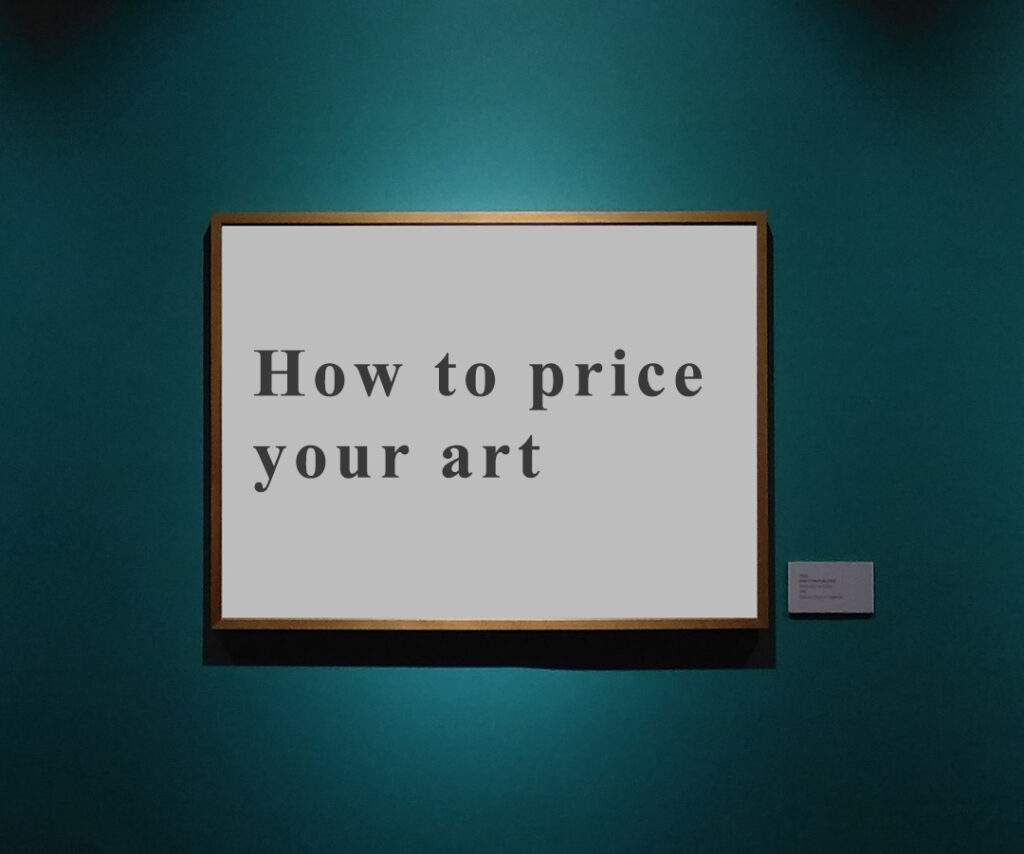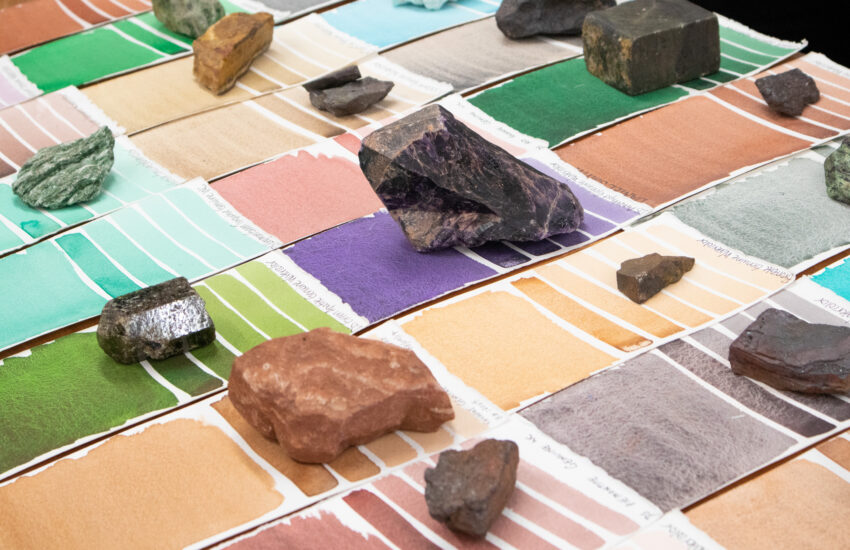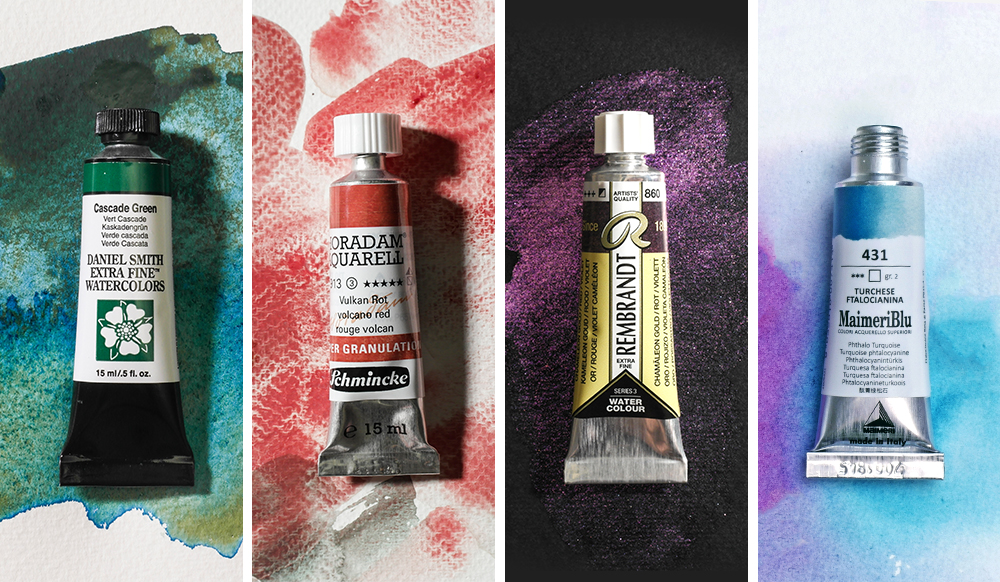How to Price Your Art

Pricing artwork can make even a seasoned artist quake. To be honest, I am still not convinced I have it right. Perhaps the balance is for half potential customers to blanche and back away and the other to say something is too cheap?
It is easy to let emotion get in the way. Do you feel sorry for buyers who cannot afford it and price your work down? We need to strip out emotion – price too low and people will think that if you don’t value your own work it can’t be good. You may even sell more at higher prices, as it could be perceived as ‘better’. Of course, too high and you will price yourself out of the running.
It is so easy to think ‘I’d never pay that for one of my paintings’. Of course you wouldn’t – you’d just paint it yourself! But to non-artists, your ability is magical.
Pricing starts in your mind. Your work has value, it will make a difference to people’s lives. You deserve to be paid for your time, ideas and skill. Also consider that price and value are different. You may have to put a lower price on your work than an artist with an established reputation, but it does not mean it has less value.
So if you are starting out, how do you decide price? Hate to tell you, there is no magic formula! Some people advocate a pricing blueprint based on a cost per square inch/cm. I do not find these overly helpful – they don’t work for small, intricate or larger work. You are going to have to do some legwork.
Calculate your costs
Calculate both materials and time. Don’t forget framing and commission. The materials cost for a pencil drawing will be less than an oil painting. How many hours does it take to complete a piece? What do you expect to be paid for your time – minimum wage or skilled professional? If you hope to sell through galleries, consider commission now, otherwise you will need to double your prices later or take a hit on your income.
So if materials cost £30, it took 10 hours at £15/hour, the frame cost £50 and commission is 50% (yes, most galleries take 50%), your price MUST be no lower than: £30 + 10x£15 + £50 = £230 x 2 = £460. As an aside, delivery costs should be met by the buyer and left out of this calculation.
Look at the market
Investigate other artists, remembering that just because someone asks a lot, it doesn’t mean anyone pays it! A good place to go is Etsy as you can see the number of actual sales (this was a tip from Paula Mould, an art business mentor). Look for artists with similar experience in a similar location, as well as subject matter and medium. Look for where prices cluster and ignore the low and high outliers.
How many paintings would you have to sell to get the income you want? Selling 100 paintings at £100 is going to be harder than 50 at £200, I would have thought. Or maybe 20 at £500 is possible?
Where do you plan to sell? Mayfair gallery prices are different from a local framing shop, which is different from a craft market. Be aware that online market places still charge commission in the 40-50% range.
If your calculated price is out of step with the market, work out why and what to do. If each piece takes 100 hours and you want to pay yourself £50/hour, you may need to consider selling prints rather than originals. Or perhaps you need to work in a different less labour-intensive way? Or not pay yourself this much this soon?
Be logical in your pricing
Think from the customer perspective. Just because you love a piece and you sweated blood over it, you cannot charge more. Customers will expect your work of a similar size to be a similar price and expect that a small piece is cheaper than a big one. I personally find it easier to paint large than small and the time taken is pretty much the same. This means large pieces are more profitable for me.
Be consistent
You cannot charge different prices in different places. If you sell cheaper direct to customers than through a gallery, everyone will find out and they will NOT be happy!
Be open about prices
People need to know your work is for sale. They may be embarrassed to ask, thinking they cannot afford it. Imagine having to email Amazon to ask a price before buying. You just wouldn’t, would you?
Have confidence in your prices
You do not need to apologise or justify them, though you may want a little wiggle room for a negotiation. Most galleries will negotiate up to 10%.
Raise your prices
If you are selling consistently over six months or after a significant achievement, then raise your prices by 10-20%. It will be seen as a sign of success.
Different price points
Finally consider having ranges of work at different price points. Smaller, less finished work (or prints) could be the entry level for the customer and bread and butter for you. A mid-range might be larger or more finished. Your premium range might be one-offs that you dream of working on, but which are out of the reach of most clients.
In conclusion, don’t make prices up on the hoof. Strip out the emotion, do the leg work and come up with prices you can be confident in. Consistent, logical prices build trust and people buy from people they trust.








In figuring out the cost of material used, Is there a formula in figuring out the price per oil paint tubes?
I find pricing artwork can be more of a challenge than producing the artwork itself. So I’m delighted to have found this extremely helpful information. Thank you.
Very useful advice. I am a hobby painter. I have been painting for many years and have sold my paintings at small exhibitions at my local library. The library has closed down and I am considering selling on line. Any advice would be useful. I usually price by double the cost of framing. I never know how much to ask for unframed paintings.